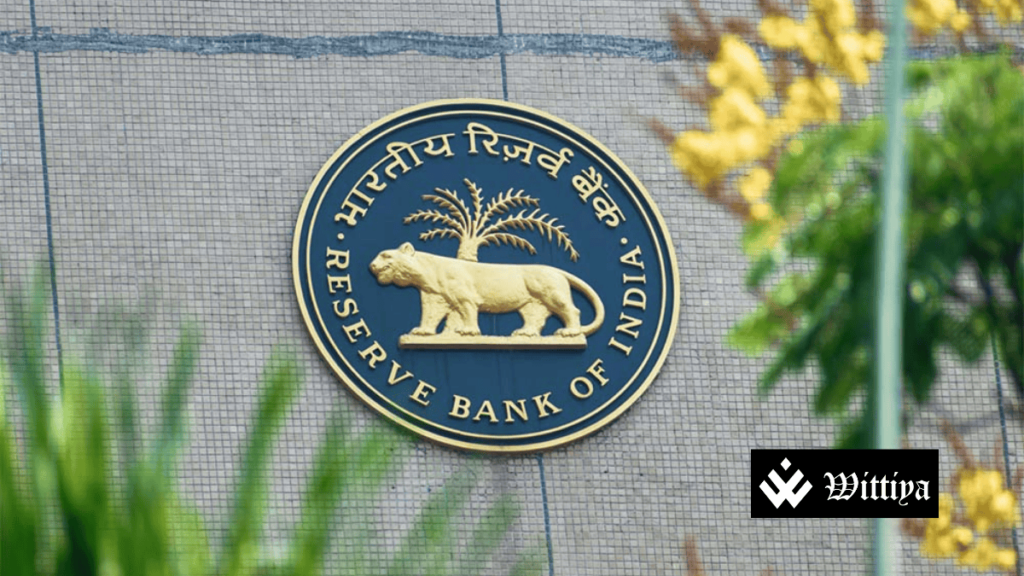The Reserve Bank of India (RBI), headquartered in Mumbai, Maharashtra, has aggressively intervened in the forex market by selling between $4 billion and $7 billion to stabilize the rupee, which faced record lows. The central bank’s intervention comes amid foreign portfolio outflows and uncertainty over U.S. trade tariffs.
The Reserve Bank of India (RBI) has taken aggressive measures to stabilize the rupee by selling between $4 billion and $7 billion in the foreign exchange market. The move comes as the rupee faced record lows due to mounting foreign portfolio outflows and uncertainty surrounding U.S. trade policies.
The central bank intervened heavily before market opening, a notable shift from its usual measured approach in managing currency fluctuations. The rupee, which had fallen to an all-time low of 87.95 against the dollar on Monday, rebounded slightly to 86.86 following RBI’s actions.
Why RBI Stepped In
The Indian currency has been under pressure due to multiple factors, including sluggish domestic economic growth, persistent foreign outflows, and concerns over U.S. trade tariffs. Amid these challenges, the RBI’s intervention was aimed at preventing further depreciation of the rupee, which was at risk of breaching the 88 mark.
Market traders noted that RBI’s intervention continued into Tuesday, helping the rupee climb above the 87 level. However, despite these efforts, the rupee remains one of Asia’s worst-performing currencies year-to-date.
Impact on Indian Economy
The depreciation of the rupee has broader implications for the Indian economy, increasing import costs and adding inflationary pressures. The central bank’s intervention is expected to provide temporary relief, but experts suggest that further economic measures may be required to stabilize market conditions.
RBI’s forex reserves have been declining due to its continued intervention, raising concerns about long-term sustainability. However, analysts believe the central bank will remain active in preventing extreme volatility in the currency market.
What’s Next?
With ongoing global economic uncertainties, the Indian currency is likely to remain under pressure. The RBI’s stance indicates that it is willing to intervene aggressively to ensure stability, but sustained improvement may depend on broader economic recovery and investor confidence.
For now, India’s central bank has demonstrated its commitment to protecting the rupee, making this one of the most significant forex interventions in recent times.
